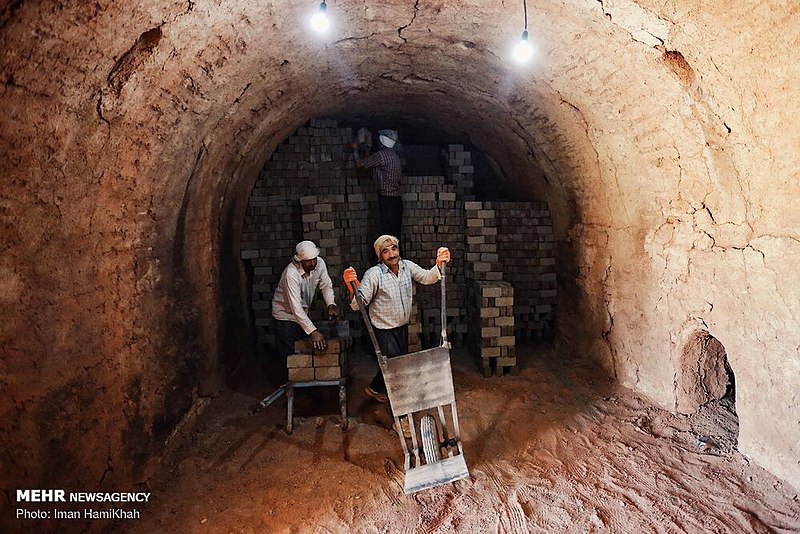By Hassan Mahmoudi | June 10, 2020

Image by Iman Hamikhah
Systematic violation of workers’ rights by the Iranian regime, especially after the Coronavirus tragedy, caused millions of workers in Iran to be unemployed. The number of workers in Iran is 14 million, with their families are estimated to be about 30 million, many more of whom currently are in danger of being unemployed and laid off. Unemployed workers are in a situation where more than 90% of them live below the poverty line and more than 70% live below the absolute poverty line.
The Iranian government’s predetermined wages for workers in 2020 multiplied by 5, will barely reach the poverty line. The minimum cost of living (poverty line) for a family of 4 in 2019 was 8.5 million Tomans. Meanwhile, the minimum wage for workers in Iran was 1.8 million Tomans in 2019. This is about $ 90 per month. Of course, many workers did not even receive this low salary for months.
MORE NEWS: Are You a Turkey Hater? You’re Not Alone.
According to media reports in Iran, more than 90% of Iranian workers are contractors or temporary. These workers are not covered by labor law and minimum wage does not apply.
The Iranian regime does not even pay workers’ minimum salaries. According to state media, a large proportion of workers have not yet received their salaries for the past 3 to 14 months. Factory shutdown, dismissal, or non-payment of salaries lasts for several months and sometimes up to one year or more.
In just 3 weeks from March 15th of to the second week of April 2020; 600,000 official workers have been laid off. (Mashregh Government Newspaper, April 14th, 2020)
Government functionaries are trying to prevent Worker’s protest by putting them through unbearable conditions, dismissal, unemployment, minimum wage, and increasing threats and oppression in the workplace.
Workers in Iran’s industrial complexes, such as Hepco and Azar Ab of Arak and Haft Tappeh Nyshekar, which are the main poles of the manufacturing industry in Iran and the Middle East, are not exempt. In these factories, the workers’ protests were not only ignored, but also, they were beaten by the security forces, and charges were fabricated against them; they were arrested, tried, and imprisoned.
But Iranian workers have not stopped fighting for their rights. In 2019 alone, the number of workers’ demonstrations, protests, and sit-ins across Iran reached about 1,700, some of which lasted for days or weeks.
Workers’ protests in 2020; in the form of strikes and sit-ins have increased in recent days and weeks, especially in the central and southern provinces of Iran.
In April 2020, for example, Iranian workers staged 130 protests and strikes in 45 Iranian cities. On average there have been 4 protests every day by Iranian workers.
A few examples are protests of municipal workers throughout — regional railway workers in many cities, workers in several mines, and Municipal bus workers.
This piece originally appeared on Tsarizm.com and is used by permission.
The opinions expressed by contributors and/or content partners are their own and do not necessarily reflect the views of Steve Gruber.
Join the Discussion
COMMENTS POLICY: We have no tolerance for messages of violence, racism, vulgarity, obscenity or other such discourteous behavior. Thank you for contributing to a respectful and useful online dialogue.